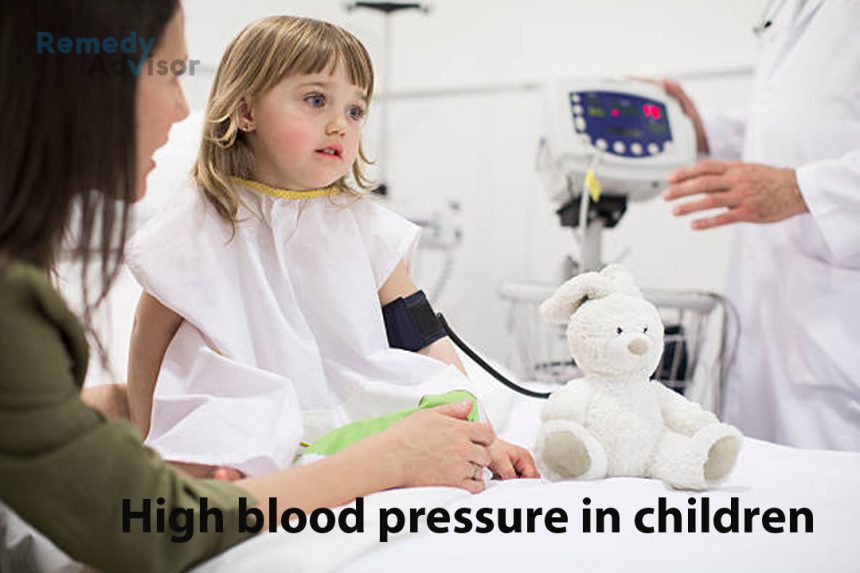Children are eating more fast food, getting heavier, and spending more time being inactive than ever before. The result has been a growing population of young people who are overweight or obese and who are developing serious health problems traditionally viewed as diseases of adulthood: hypertension, heart disease, stroke, and type 2 diabetes. As this chapter shows, high blood pressure is intimately associated with all of these serious health conditions. When children and adolescents develop hypertension or any of these other health conditions at a young age, they expose themselves to an increased risk of dying sooner of these or related health problems as well as experiencing years of symptoms and complications from these diseases.
For all of these reasons and more, it’s critical for parents and other responsible adults to ensure young children and adolescents avoid high blood pressure. Yet at this time, approximately 30 percent of all overweight children have elevated blood pressure and children who are eligible for kindergarten are showing up in doctors’ offices with hypertension. The time to do something about hypertension in children is now!
Managing High Blood Pressure in Children
Do you know one good thing about hypertension in young people? More than half of young children and adolescents who have high blood pressure have symptoms, such as frequent headaches, problems with sleep, tiredness during the day, and chest pains. If you have a child with any of these symptoms, and especially if he or she is overweight, be sure to have blood pressure checked as soon as possible. Check it several times over a period of a few days. You can use an at-home monitor to take these readings. High blood pressure that is caught early in children can typically be managed with weight control and exercise and no drugs. Therefore, the suggestions offered in this book can be helpful.
A healthy blood pressure for children is lower than that for adults. Generally, the systolic blood pressure among children ages 8 to 12 increases by 0.44mmHg per year and by 2.90mmHg between the ages of 13 and 17. For diastolic blood pressure, the average rise is 0.33 mmHg from ages 8 to 12 and 1.81 mmHg from ages 13 to 17. As a guideline, a healthy blood pressure for a child age 8 years is 100/57 mmHg, while that of a 17-year-old is 117/66 mmHg. Every parent and guardian should know what their children’s blood pressure is and it should be checked during every doctor visit. Young children and adolescents who are overweight and/or who have health conditions such as asthma, heart problems, or behavioral disorders or who are experiencing sleep problems especially should be checked regularly.







